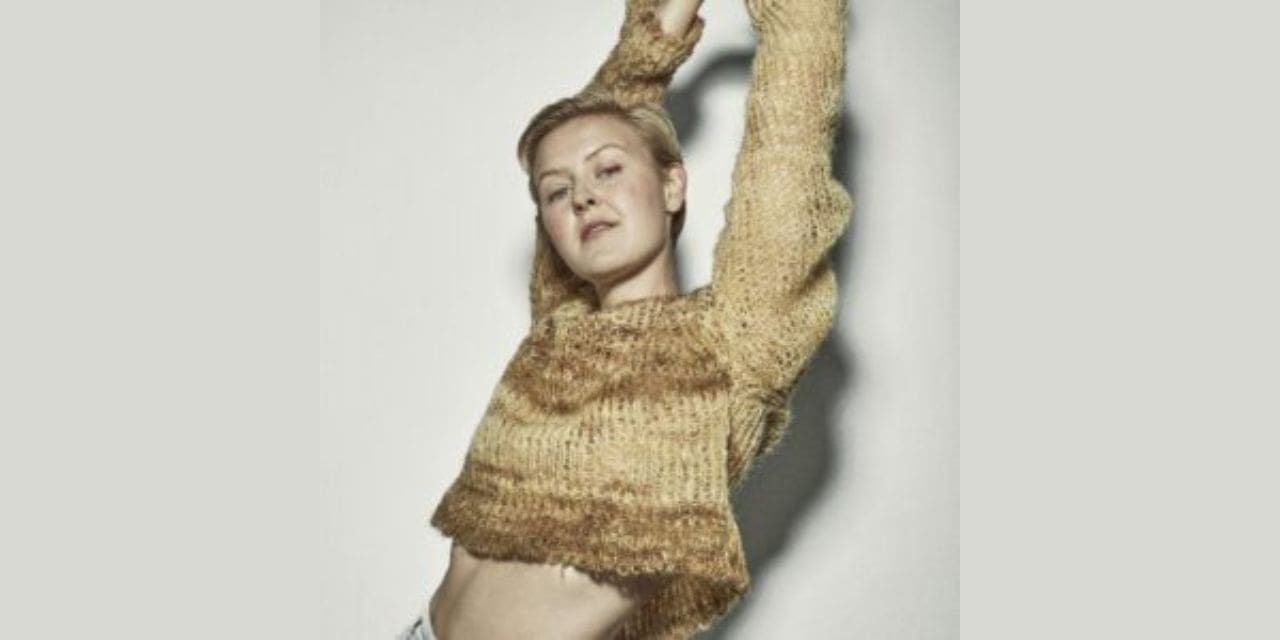Amsterdam-based company Human Material Loop is revolutionizing the textile industry by using an unlikely waste source to create a sustainable and eco-friendly alternative to wool: human hair. Founded by Zsofia Kollar, Human Material Loop collects hair cuttings from participating hairdressers, transforming them into yarns and textiles, and even creating garments. Kollar, initially fascinated by human hair from a cultural and sociological perspective, soon realized its potential as a valuable material and a solution to excessive waste generation.
The textile industry is known for its detrimental impact on the environment. However, by utilizing human hair, Human Material Loop eliminates the need for land and water use, as well as the cultivation of materials like cotton or the farming of sheep for wool, which are significant sources of greenhouse gas emissions. With its unique properties such as flexibility, high tensile strength, thermal insulation, and non-irritating nature, hair proves to be a highly desirable alternative.
Human Material Loop has developed the necessary technology to process hair and integrate it into standard machinery for textile production. The company has already created staple fibre yarn and is working on developing various textiles. Collaborating with Henkel, owner of the Schwartzkopf haircare brand, Human Material Loop recently designed a red sweater-like dress aimed at promoting alternative salon waste-management ideas in the hairdressing community.
While some individuals may harbour discomfort or disgust about using products derived from humans, Kollar emphasizes that once people see and touch the fabric, their initial scepticism dissolves. To further expand its reach, Human Material Loop plans to delve into the architecture and interior products market, capitalizing on hair’s moisture resistance, antibacterial properties, and acoustic and thermal attributes.
With a commercial pilot scheduled for 2024 and plans to create a fabric library for brands and designers, Human Material Loop is set to transform not only the textile industry but also the way we perceive waste materials. As Kollar reaffirms, firsthand experience plays a powerful role in reshaping perceptions and highlighting the potential of unconventional materials like human hair.

